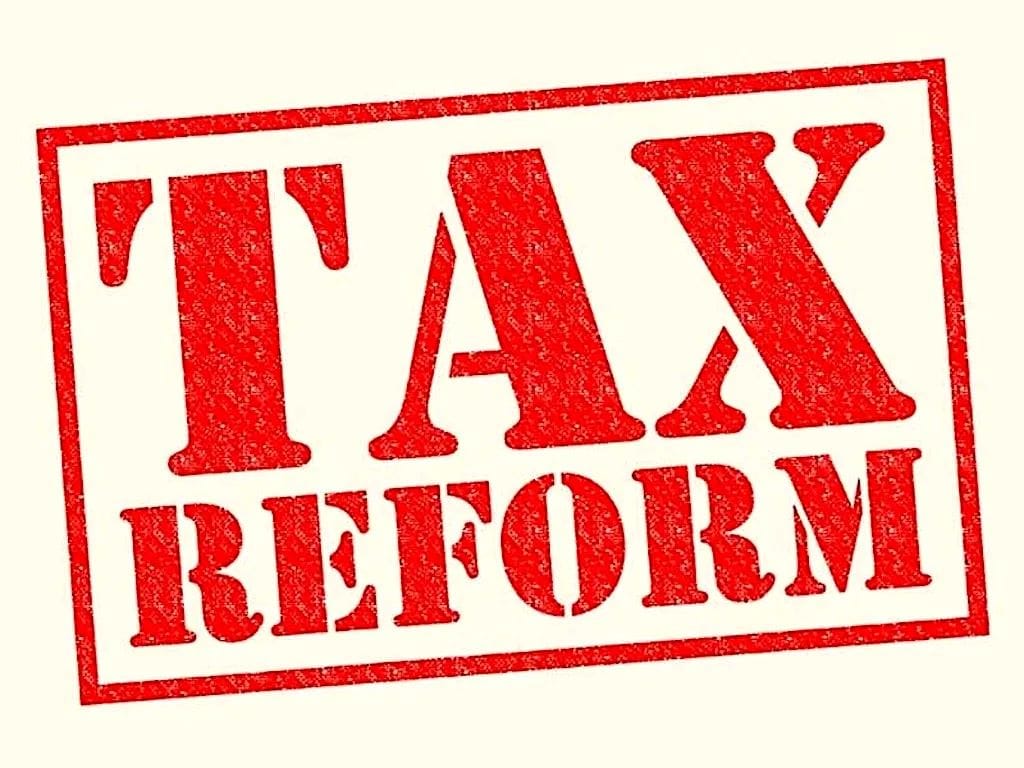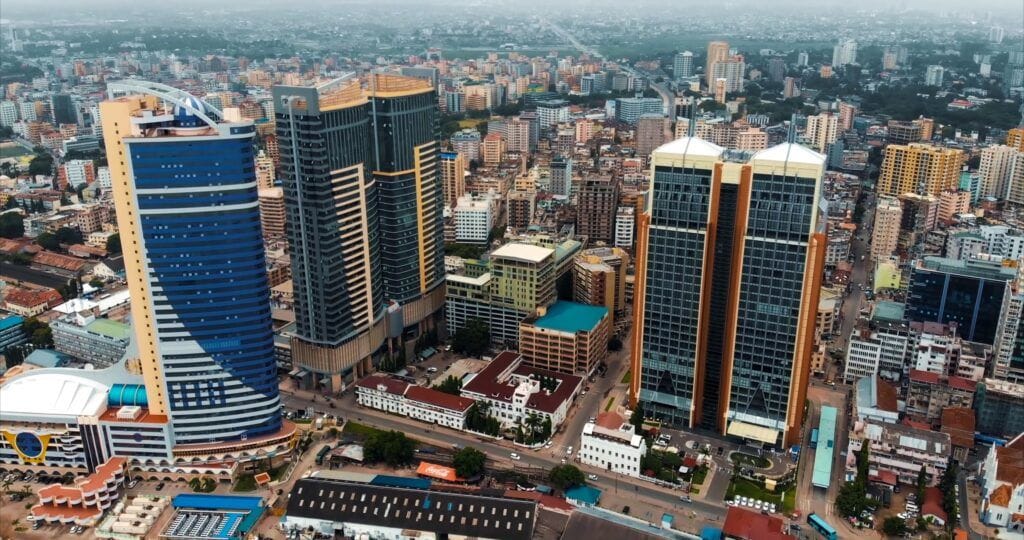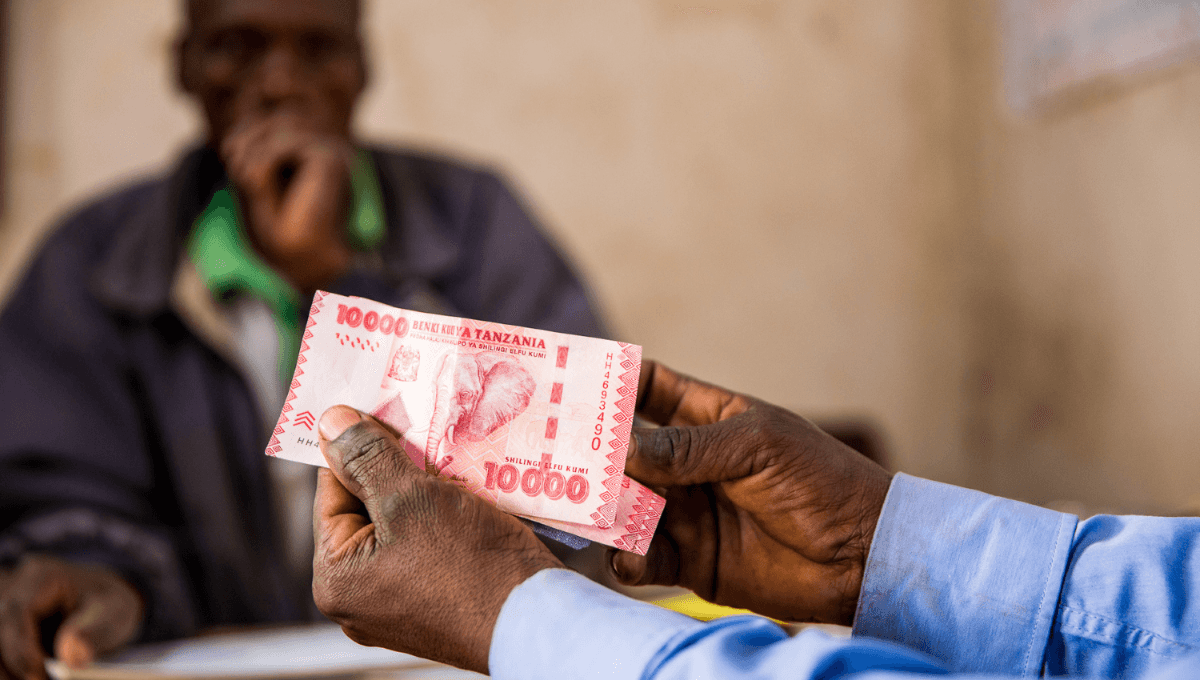
Tanzania’s tax system is undergoing transformative reforms aimed at achieving its Vision 2050 goal of a $1 trillion GDP, with recent data showing the Tanzania Revenue Authority (TRA) collected a record TZS 29.41 trillion in 2024/25, including TZS 3.587 trillion in December alone. Despite this progress, only 7% of the population is registered as taxpayers while the informal sector accounts for 72% of the workforce, highlighting a narrow tax base. The corporate tax rate remains high at 30%, and a 10% withholding tax on retained earnings has reduced SME reinvestment capacity by 15%, even though SMEs make up 95% of registered businesses. VAT refund arrears of TZS 1.2 trillion continue to burden exporters. To address these issues, Tanzania plans to lower the VAT threshold to TZS 50 million, expand digital tax systems, and implement green taxes—aiming to raise the tax-to-GDP ratio to 15% and generate TZS 45 trillion annually by 2030.

In 2025, Microfinance Institutions (MFIs) are essential to the growth of Tanzania’s Micro and Small Enterprises (MSEs), which contribute over 35% to the national GDP and employ more than 5 million people. According to a TICGL study covering 420 MFIs, 62% of loans issued were below TZS 5 million, mainly supporting sectors like trade and retail (30%), agriculture (22%), and manufacturing (18%). However, challenges persist, including default rates between 5–10% reported by 49% of MFIs, and barriers such as insufficient funds (25%) and lack of collateral (24%). Opportunities lie in government-backed funding (28%), digital financial services (25%), and MFI collaboration (27%), with strong potential to drive inclusive economic development and financial access across Tanzania.

Between 2025 and 2030, Tanzania has the opportunity to become a leading trade hub in East Africa but must overcome significant barriers hindering small and medium enterprises (SMEs), which contribute 35% to GDP and employ 60% of the workforce. Systemic issues—such as high taxes, weak startup support, and outdated infrastructure—have placed Tanzania behind regional peers like Rwanda and Kenya in ease of doing business. A study by the Tanzania Investment and Consultant Group Ltd. (TICGL) outlines a reform agenda to reverse this trend, proposing corporate tax and import duty cuts, simplified business registration, startup hubs in Dar es Salaam and Arusha, and $1.05 billion in infrastructure upgrades. These reforms, inspired by successful models in Rwanda, Nigeria, and Kenya, could create over 65,000 jobs, reduce logistics costs, and increase GDP by up to $4 billion annually by 2030. With strategic partnerships and phased implementation, Tanzania can unlock its full potential and solidify its role as a regional economic powerhouse.

Tanzania's tax system significantly affects investment decisions, with a 30% corporate tax rate, one of the highest in East Africa, compared to Kenya (25%) and Rwanda (28%). The complex tax compliance process requires businesses to spend 240 hours annually on filings, much higher than Rwanda’s 150 hours. VAT refund delays remain a major concern, with pending refunds totaling TSh 1.4–1.5 trillion ($650M) in 2025. These tax challenges reduce investor confidence, as seen in Tanzania’s $922M FDI inflows in 2022, far behind Kenya’s $2B and Ethiopia’s $3.1B. Case studies highlight major tax disputes, such as Acacia Mining’s $190B tax bill, which led to a 70% stock price drop and a 30% decline in mining FDI. To improve the investment climate, recommendations include lowering corporate tax to 25%, reducing VAT to 16%, and automating VAT refunds, which could boost FDI by 10-15% over the next five years.

The Tax Perception Research 2025 surveyed 2,515 respondents across 10 regions in Tanzania, revealing key insights into tax awareness, income distribution, and employment. 62% of respondents were aged 25–34, indicating young adults shape tax perceptions. 52% were formally employed, while 29% were unemployed, highlighting labor market challenges. Income-wise, 31% earned TZS 500,001–1,000,000, forming the largest group, whereas 40% earned below TZS 500,000. 99.6% understood the purpose of taxes, but 43% felt tax rates were unfair. 87% were willing to pay higher taxes for better public services, yet 35% cited high tax rates as a major challenge. Gender gaps persist, with only 8% of women earning above TZS 1,000,000 compared to 30% of the general population.

The research on Microfinance Institutions (MFIs) in Tanzania highlights their crucial role in financing Micro and Small Enterprises (MSEs), which contribute over 35% of Tanzania’s GDP and employ more than 5 million people. The study, which surveyed 420 MFIs, found that 30% of loans are allocated to trade and retail, 22% to agriculture, and 18% to manufacturing. However, MFIs face significant challenges, including high default rates (49% report defaults between 5-10%), capital access constraints (44% cite high borrowing costs), and regulatory barriers (39% struggle with interest rate restrictions). Digital lending is emerging as a key opportunity, with 25% of MFIs prioritizing fintech solutions. To strengthen financial inclusion, the study recommends flexible interest rates, improved credit scoring, and government-backed funding.

The Tax Law Impact on SMEs in Tanzania study surveyed 250 SMEs across various sectors, revealing that 68% cite high tax rates (30% corporate tax, 18% VAT) as a major challenge. 76% find tax compliance too complex, requiring 248 hours annually for filing. 72% of SMEs operate informally to evade taxation, reducing government revenue. Multiple taxation layers—corporate tax, VAT, and local levies—further burden businesses, with some paying up to 15% of revenue in compliance costs. Comparisons with Rwanda’s 3% flat SME tax rate highlight Tanzania’s disadvantage. Recommended reforms include simplified tax filing, reduced SME tax rates (15-20%), and digital compliance solutions to improve formalization and growth.

The report "Pathways to Formal and Informal Employment in Tanzania (2024)" highlights that Tanzania's workforce consists of 10.17 million formal workers (28%) and 25.95 million informal workers (72%). The private sector employs 9.33 million formal workers, while the public sector accounts for 0.74 million. The informal sector is dominated by agriculture and fishing (65-70%), employing 16.87-18.17 million workers, followed by retail trade (10-15%), manufacturing (5-8%), and construction (4-6%). The unemployment rate improved from 9% in 2021 to 8.9% in 2022, with projections to decline to 8.1% by 2030. Formal sector expansion is expected to reach 38% by 2030, contributing to increased tax revenues (currently TZS 27.64 trillion annually), enhanced social protections, and greater economic stability. Key recommendations include improving access to credit, modernizing agriculture, fostering industrial innovation, and expanding digital infrastructure to support formalization.

Amran Bhuzohera is the Lead Researcher and Principal Author at the TICGL Data Driven Centre, specializing in economic research, data analytics, and policy evaluation. With extensive experience in quantitative modeling, econometrics, and business intelligence, Amran has played a pivotal role in shaping data-driven decision-making at TICGL. His expertise spans macroeconomic analysis, financial forecasting, and impact assessment, contributing to high-impact research publications and strategic advisory projects. Passionate about leveraging data for economic development, Amran continues to drive innovation in research methodologies to support evidence-based policymaking in Tanzania and beyond.